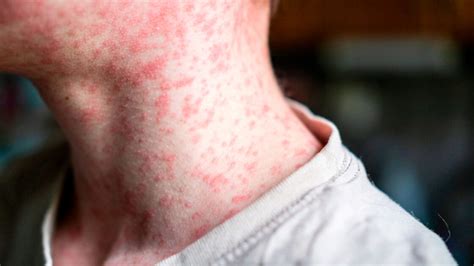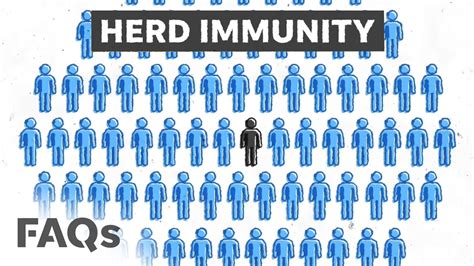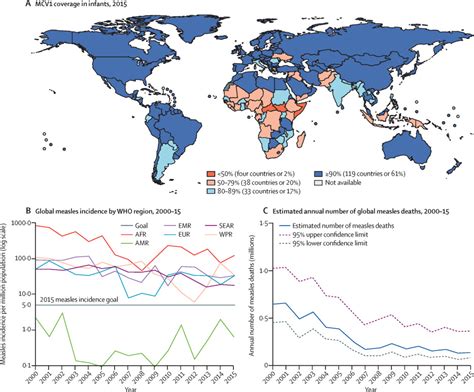Intro
Discover what causes measles, a highly contagious viral infection, and learn about its symptoms, transmission, and prevention methods, including vaccination and immune system response.
Measles, also known as rubeola, is a highly contagious viral infection that affects millions of people worldwide, particularly children. The disease is characterized by a distinctive rash, fever, cough, runny nose, and inflamed eyes. Despite the availability of effective vaccines, measles remains a significant public health concern, especially in areas with low vaccination rates. Understanding the causes of measles is essential to prevent and control the spread of the disease.
Measles is caused by the measles virus, which is a member of the Paramyxoviridae family. The virus is spread through respiratory droplets, such as those released when an infected person coughs or sneezes. The droplets can land on surfaces or be inhaled by others, allowing the virus to enter the body. Measles is highly contagious, and a person can spread the virus to others from four days before the onset of the rash to four days after it appears.
The measles virus infects cells in the respiratory tract, where it multiplies and spreads to other parts of the body. The virus can also infect the eyes, ears, and brain, leading to complications such as conjunctivitis, otitis media, and encephalitis. In rare cases, measles can cause more severe complications, including pneumonia, bronchitis, and death.
How Measles Spreads

Measles spreads quickly in areas with low vaccination rates, as the virus can infect anyone who is not immune. The virus can also spread through contact with contaminated surfaces or objects, although this is less common. In areas with poor hygiene and sanitation, the risk of measles transmission is higher. Measles can also spread through international travel, as infected individuals can carry the virus to new regions.
Risk Factors for Measles
Several factors increase the risk of contracting measles, including: * Age: Measles is most common in children under the age of 5 * Weakened immune system: People with weakened immune systems, such as those with HIV/AIDS or undergoing chemotherapy, are more susceptible to measles * Lack of vaccination: Individuals who have not received the measles vaccine or have not completed the recommended vaccination schedule are at higher risk * Travel: Traveling to areas with low vaccination rates or ongoing measles outbreaks increases the risk of exposure * Poor hygiene and sanitation: Living in areas with poor hygiene and sanitation increases the risk of measles transmissionMeasles Symptoms and Complications

The symptoms of measles typically appear 10-14 days after exposure to the virus. The initial symptoms include:
- Fever
- Cough
- Runny nose
- Red, watery eyes
- Small, white spots (Koplik spots) in the mouth As the disease progresses, a distinctive rash appears, starting on the face and spreading to other parts of the body. The rash is usually accompanied by a high fever, which can last for several days.
Measles can lead to several complications, including:
- Ear infections: Measles can cause otitis media, which can lead to hearing loss
- Pneumonia: Measles can cause pneumonia, which can be life-threatening
- Encephalitis: Measles can cause inflammation of the brain, which can lead to brain damage or death
- Death: Measles can be fatal, especially in young children, older adults, and people with weakened immune systems
Measles Treatment and Prevention
There is no specific treatment for measles, but symptoms can be managed with: * Rest and hydration * Over-the-counter medications to reduce fever and relieve symptoms * Antibiotics to treat secondary bacterial infections The best way to prevent measles is through vaccination. The measles vaccine is usually administered in combination with the mumps and rubella vaccines (MMR vaccine). Two doses of the MMR vaccine are recommended, with the first dose given at 12-15 months of age and the second dose at 4-6 years of age.Vaccination and Herd Immunity

Vaccination not only protects the individual but also provides herd immunity, which helps prevent the spread of the disease in the community. Herd immunity occurs when a sufficient percentage of the population is immune to a disease, making it difficult for the disease to spread. The threshold for herd immunity varies depending on the disease, but for measles, it is estimated to be around 93-95%.
Measles Outbreaks and Response
Measles outbreaks can occur when the virus is introduced into a population with low vaccination rates or when there is a decline in vaccination coverage. In response to a measles outbreak, public health officials may: * Implement vaccination campaigns to increase vaccination coverage * Provide guidance on infection control and prevention * Conduct contact tracing to identify and isolate infected individuals * Monitor the outbreak and adjust the response as neededGlobal Measles Efforts

The global community has made significant progress in reducing measles cases and deaths. The World Health Organization (WHO) and other global health partners have set a goal to eliminate measles by 2023. To achieve this goal, countries must:
- Strengthen their vaccination programs
- Improve surveillance and outbreak response
- Enhance communication and community engagement
- Address vaccine hesitancy and misinformation
Challenges and Opportunities
Despite the progress made, there are still challenges to overcome, including: * Vaccine hesitancy and misinformation * Conflict and displacement * Limited access to healthcare * Weak health systems However, there are also opportunities to improve measles control, such as: * New vaccine technologies and strategies * Improved surveillance and outbreak response * Enhanced community engagement and participation * Increased funding and resource allocationConclusion and Next Steps

In conclusion, measles is a highly contagious and potentially deadly disease that can be prevented through vaccination. Understanding the causes of measles, its symptoms and complications, and the importance of vaccination is crucial to controlling the spread of the disease. The global community must continue to work together to strengthen vaccination programs, improve surveillance and outbreak response, and address the challenges and opportunities in measles control.
To take action against measles, individuals can:
- Get vaccinated and ensure their loved ones are up-to-date on their vaccinations
- Support global health initiatives and advocacy efforts
- Stay informed about measles outbreaks and response efforts
- Engage in community outreach and education to promote vaccination and measles awareness
What is measles and how is it spread?
+Measles is a highly contagious viral infection that is spread through respiratory droplets, such as those released when an infected person coughs or sneezes.
What are the symptoms of measles?
+The symptoms of measles include fever, cough, runny nose, red, watery eyes, and a distinctive rash.
How can measles be prevented?
+Measles can be prevented through vaccination, with two doses of the MMR vaccine recommended for children.
We invite you to share your thoughts and questions about measles in the comments below. Let's work together to promote measles awareness and control, and to create a healthier, safer world for everyone.
